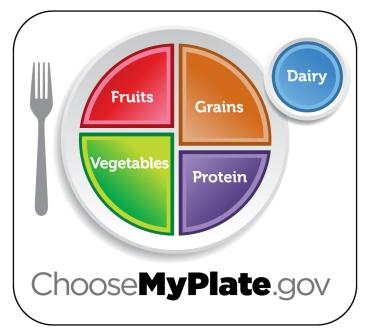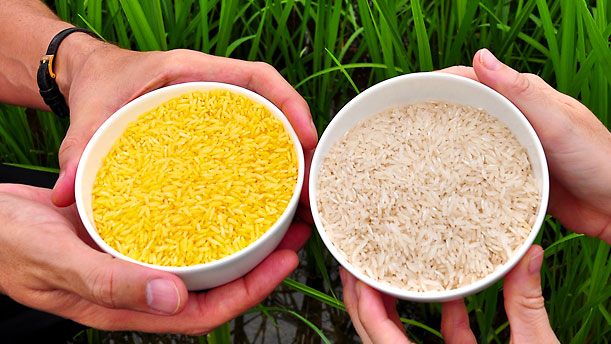USDA Launches New “Healthy Eating on a Budget” Section of ChooseMyPlate.gov Site
Source: CDFA
The U.S. Department of Agriculture has unveiled Healthy Eating on a Budget – the newest addition to ChooseMyPlate.gov. Consumers continue to want more information about how to make better eating decisions with limited resources.
To meet this need, the USDA’s Center for Nutrition Policy and Promotion (CNPP) developed the new resource to include easy-to-use and insightful information about planning meals, shopping smart in the grocery store, and preparing foods that save money and time in the kitchen.
“Although healthy foods aren’t always more expensive, many low-income people face time and resource challenges when it comes to putting healthy food on the table,” said Agriculture Secretary Tom Vilsack. “Promoting nutritious food choices can have a positive impact on improving the health and diet quality of Americans. USDA offers a broad spectrum of strategies to empower low-income families to purchase healthier foods.”
Consumers who visit the Healthy Eating on a Budget section of ChooseMyPlate.gov will learn ways to plan, purchase, and prepare healthy meals. The new web pages provide families with tips and strategies to help save money and plan a healthier diet.
The new section includes the latest addition to the MyPlate 10 Tips Nutrition Education Series, Save More at the Grocery Store which emphasizes simple-to-use tips to help consumers make decisions as they walk down a supermarket aisle. Dozens of additional strategies are featured in the new section including using unit pricing, reading food labels to compare items, and checking sales on store brands.
“This resource not only demonstrates that it is possible to eat healthfully on a budget, but it shows how,” said CNPP Deputy Director Jackie Haven. “These new pages complement our existing resources on ChooseMyPlate.gov, allowing consumers to figure out how to improve their nutrition, and how to make it affordable.”
Healthy Eating on a Budget supports other initiatives in progress at USDA to encourage healthy eating among more Americans.
With so many food options available, it is often difficult for consumers to determine the best foods to put on their plates when the budget is tight. Healthy Eating on a Budget provides practical information to help more Americans understand their options and supports USDA initiatives to help families make healthy eating a priority in their daily lives.




















